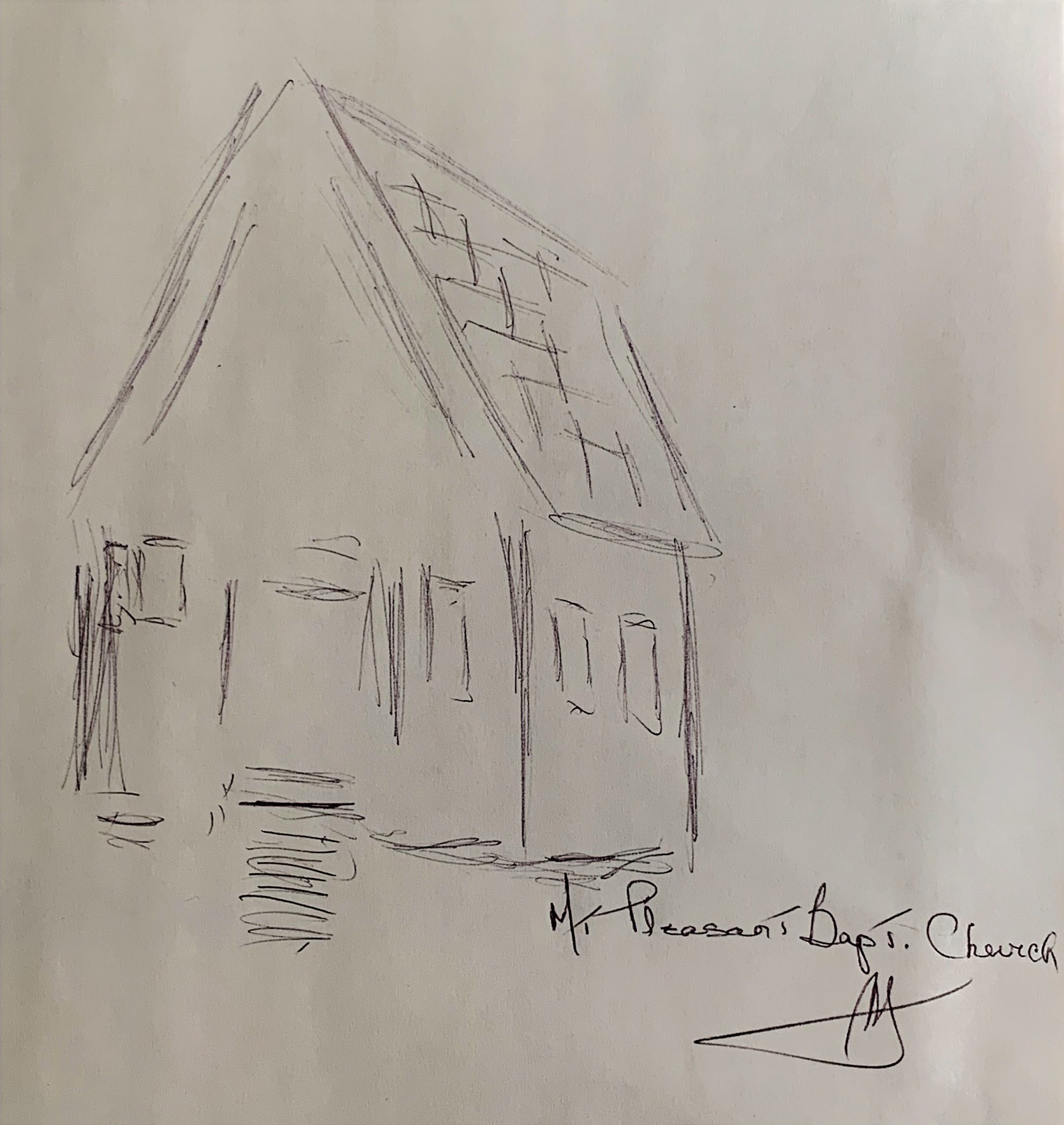The late Rev. D.L. Austin established the Mount Pleasant Baptist Church in his own home in 1920 with six other founding members.
He was a skilled carpenter who set out at once to build a house of God on the corner of Avenue A and Valley Road and moved his congregation there in 1921.
The original building was the essence of simplicity: 18 by 36 feet, a gable roof, a clapboard exterior – a fine example of vernacular church architecture in the early 20th century.
Austin was fond of saying “this church will be too small to be played with, and a little too small to be played in, just large enough to serve the Lord.”
His words ring true 98 years later.
The six founding members gave shelter to many Afro-Americans migrating from the south to work in the great estates in nearby Sands Point.
Sister Marjorie Simon, the granddaughter of Austin, remembers her mother telling her that her grandmother always told the newcomers: “You live in my house, you come to my church.” Thus, the congregation grew.
Back then, church on Sundays at Mount Pleasant was an all-day affair that included morning services, Sunday school, a community lunch, socializing, recreation, and games. It was a time for the church members to gather together for a day of rest away from the chores of everyday life.
Mount Pleasant is in a neighborhood once known as Hicksville. Its boundary ran along Middle Neck Road across from what is now the Sands Point Village Club, down Harbor Road to Valley Road, and back up Avenue C. It was named after John Hicks who had farmed the land in the late nineteenth century, and had a home and a barn across the street from Mount Pleasant Church.
In the mid-twentieth century, Hicksville, an ethnic mix of Afro-American, Polish, and Italian workers, flourished. Italian entrepreneurs ran a grocery store, a shoe repair, and a pool room nearby on Avenue A.
On the other side of Avenue A, there was a Polish meat market, and just up Valley Road, the Polish-American Hall was built in 1937. Mount Pleasant stands as a cultural reminder of that time.
Simon looks back fondly on her time in Hicksville: “Whenever someone needed help, the community pulled together to help out. That’s what it was like.” When she left home to attend nursing school in the ‘50s, she was taken aback by the racial tension she encountered away from Port.
In 1990, the footprint of Mount Peasant was extended on the east and south sides to create office and meeting space. Wheelchair access was added. The axis of the nave shifted from N-S to E-W and a rounded window behind the pulpit was added for light. The alterations did not diminish its spiritual and architectural integrity.
The current pastor, James Furman, likes to talk about the “power of collective faith.” He comes across in private conversation as a warm, soft-spoken man who is more interested in listening than talking; but when he steps up to the pulpit, he proves himself to be a dynamic and inspiring speaker. Congregants sing and clap with enthusiasm and have the opportunity to speak about their faith.
This house of God in which they worship speaks to us about their faith as well. The small, interior space fosters their belief in an intimate relationship with Jesus. Its architecture exudes the same honesty, simplicity, and humility that characterizes the congregation.
The congregation, in turn, has preserved both the building and its spirit, and so the Mount Pleasant Baptist Church has endured for almost 100 years.
Ross Lumpkin is a trustee of the Cow Neck Peninsula Historical Society, www.cowneck.org



